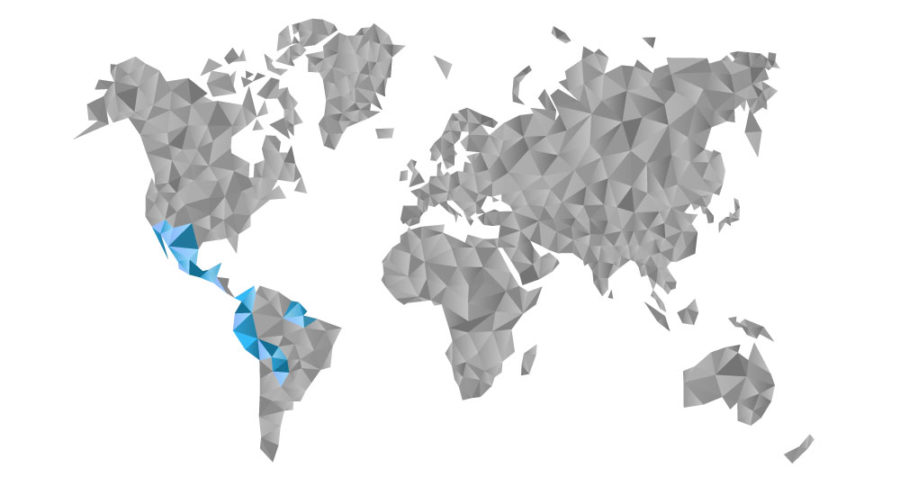Latin America and the Caribbean

In Latin American and the Caribbean, we're supporting marginalised groups who face the greatest risk of HIV infection.
Although the prevalence of HIV in this part of the world is relatively low, the number of infections in some countries in Latin American and the Caribbean, such as Mexico, is on the rise.
What’s more, marginalised groups, such as sex workers, tend to be disproportionately affected. For example, in Bolivia the overall rate of infection is just 0.3%, rising to 25.4% among men who have sex with men. This is because many of these groups face discrimination, and even violence, making it harder to access HIV prevention information or treatment.
Latin America and the Caribbean faces additional challenges, including dramatically increasing levels of migration due to sociopolitical uncertainty.
For example, in Haiti, extreme poverty, political instability and poor quality health services combined with extensive damage caused by the 2010 earthquake and Hurricane Matthew in 2016 has made vital treatment even harder to access for those living with HIV.
The work we do with our partners is helping to change that.
Did you know?
- In Latin America, although several countries show impressive declines in HIV incidence, the number of new HIV infections in the region increased by 21% between 2010 and 2019.
- Key populations and their sexual partners accounted for 60% of new HIV infections in the Caribbean in 2019, including 26% among gay men and other men who have sex with men and 5% among transgender people.
- Around 44% of new HIV infections across Latin America in 2019 were among gay men and other men who have sex with men.
WE WORK IN
Will you help us end aids?
I would like to make a donation of:
Please enter the amount you would like to donate, ie: '10.00'





